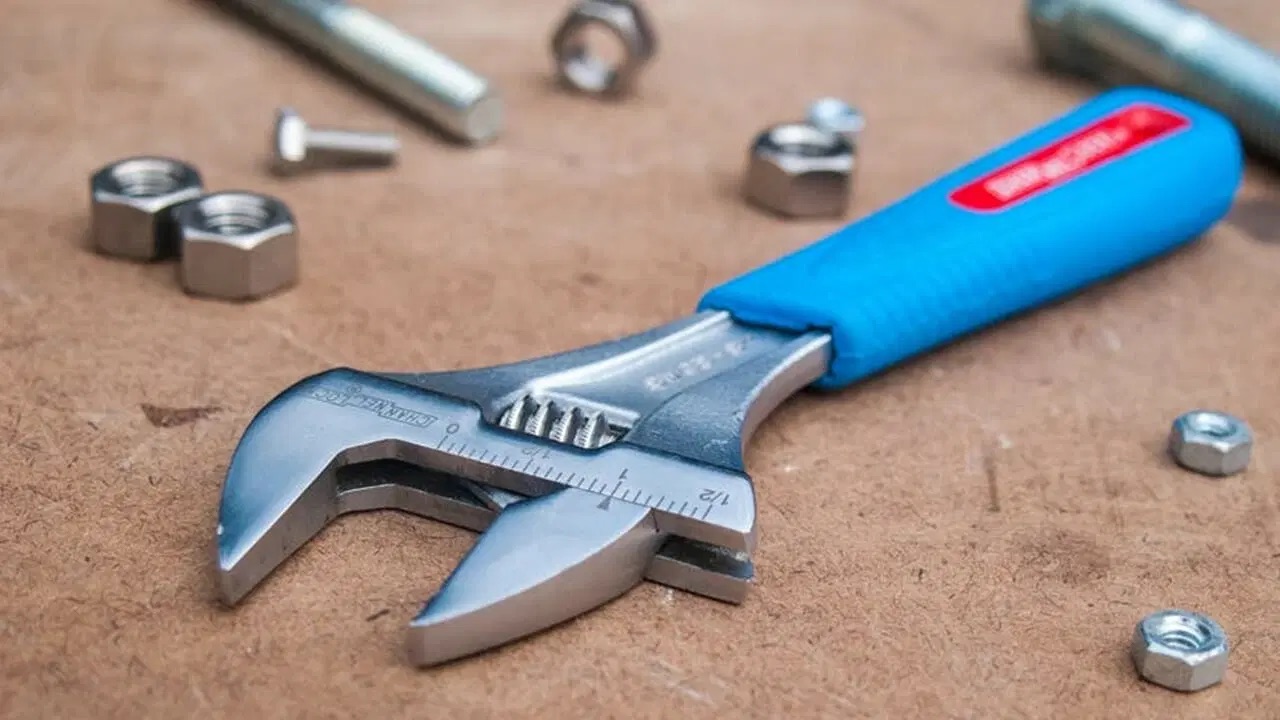

Articles
What Is The Best Hand Tools To Buy
Modified: December 7, 2023
Looking for the best hand tools to buy? Our articles cover everything you need to know about choosing the right tools for your projects.
(Many of the links in this article redirect to a specific reviewed product. Your purchase of these products through affiliate links helps to generate commission for Storables.com, at no extra cost. Learn more)
Introduction
When it comes to tackling household projects or professional repairs, having the right hand tools at your disposal can make all the difference. These essential tools not only help you get the job done efficiently, but they also provide precision and reliability. From screwdrivers and pliers to wrenches and hammers, each tool serves a specific purpose, allowing you to complete tasks with ease.
Choosing the best hand tools can be overwhelming with the plethora of options available in the market. That’s why we’ve compiled a comprehensive guide to help you make informed decisions and invest in the tools that best suit your needs.
Key Takeaways:
- Choose hand tools with cushioned handles and magnetic tips for comfortable use and secure screw handling. Invest in a variety of pliers for versatile gripping, bending, and cutting capabilities.
- Opt for high-quality wrenches and hammers with comfortable grips for efficient tightening, loosening, and striking. A well-stocked toolkit of measuring tools and saws ensures precision and versatility in various projects.
Read more: What Hand Tools Should I Buy
Screwdrivers
When it comes to loosening or tightening screws, a good set of screwdrivers is an absolute must-have in any toolkit. Screwdrivers come in various shapes and sizes, each designed for different types of screws.
The two main types of screwdriver heads are the flathead and Phillips head. Flathead screwdrivers have a single, straight slot and are commonly used for simple screws. Phillips screwdrivers, on the other hand, have a cross-shaped head and are ideal for screws with corresponding slots.
To ensure versatility, it’s recommended to invest in a set that includes multiple sizes of both flathead and Phillips screwdrivers. This will allow you to be prepared for various screw sizes commonly encountered in different projects.
In addition, consider purchasing screwdrivers with cushioned or ergonomic handles, as they provide a more comfortable grip and reduce hand fatigue during longer tasks. Magnetic tips can also be beneficial, as they securely hold screws in place and prevent them from falling during installation or removal.
Remember, the key to using screwdrivers effectively is to apply the right amount of torque without stripping or damaging the screw head. A screwdriver with a properly fitting tip will ensure that you can maintain adequate control and minimize the risk of damaging the screw.
Pliers
Pliers are versatile hand tools that come in a variety of shapes and sizes. They are designed to grip, bend, or cut various materials, making them indispensable for a wide range of tasks.
The most common types of pliers include:
- Needle-nose pliers: These have long, narrow jaws that taper to a point, making them ideal for reaching into tight spaces or gripping small objects.
- Slip-joint pliers: These feature an adjustable pivot that allows you to change the jaw size to accommodate different materials.
- Linesman pliers: These are heavier-duty pliers with a gripping area near the joint and cutting edges near the tip, making them perfect for cutting and twisting wires.
- Locking pliers: Also known as Vise-Grip pliers, they have a mechanism that enables them to lock onto objects, providing a secure grip.
- Side-cutting pliers: These have a cutting edge along the side of the jaw, allowing for easy cutting of wires and cables.
When purchasing pliers, look for ones made from high-quality materials such as steel or chrome-vanadium alloy for durability. Ensure that the handles have a comfortable grip to prevent hand fatigue during extended use.
Having a variety of pliers in your toolkit will equip you to handle a wide range of tasks, from electrical work and plumbing repairs to jewelry making and crafting.
Wrenches
Wrenches are essential hand tools used for tightening or loosening nuts, bolts, and other fasteners. They come in various sizes and types, each suited for different purposes.
One of the most common types of wrenches is the adjustable wrench. This versatile tool has an adjustable jaw, allowing it to fit different sizes of nuts and bolts. Adjustable wrenches are ideal for tasks where you don’t have a specific wrench size available.
Another commonly used wrench is the combination wrench. This tool has a closed-end wrench on one side and an open-end wrench on the other side. The closed-end is useful for applying torque in tight spaces, while the open-end provides quick access and can be used on larger fasteners.
Socket wrenches are another popular option. They consist of a ratchet handle and a socket attachment that fits over the fastener. This type of wrench allows for quick and efficient tightening or loosening of fasteners and is commonly used in automotive repairs and construction.
When choosing wrenches, opt for ones made from high-quality steel for durability. Look for wrenches with comfortable grips and smooth operation. It’s also beneficial to have a set of wrenches in various sizes to cover a wide range of applications.
Overall, having a set of wrenches in your toolkit ensures that you’ll have the right tool for any job that involves nuts, bolts, or fasteners.
Hammers
Hammers are versatile hand tools that are used for a variety of tasks, including driving nails, removing nails, and general construction. They come in different sizes and designs, each suited for specific purposes.
The most common type of hammer is the claw hammer, which has a flat striking surface on one end and a curved claw on the other. The striking surface is used to drive nails into surfaces, while the claw is used for pulling out nails or prying objects apart.
For heavier-duty tasks, a framing hammer is more suitable. These hammers have a longer handle and a heavier head, allowing for more powerful strikes. Framing hammers are commonly used in construction and carpentry for tasks such as framing walls and driving large nails.
When choosing a hammer, consider the weight and balance. The weight should be comfortable for you to handle and provide sufficient force for the task at hand. The handle should have a comfortable grip and be made of a material that absorbs shock, like rubber or fiberglass, to reduce strain on your hand.
It’s important to note that hammers should be used with caution. Always wear appropriate safety gear, such as safety goggles, when using a hammer to protect your eyes from flying debris. Additionally, use controlled and accurate strikes to prevent accidental damage to the work surface or injury.
Having a reliable hammer in your toolkit ensures that you’ll be equipped for a wide range of projects, from hanging pictures to building furniture.
Read more: Where To Buy Second Hand Tools
Measuring Tools
Accurate measurements are crucial for any successful project, which is why having a set of measuring tools is essential. Measuring tools come in various forms, each serving a specific purpose and providing precise measurements.
The most common measuring tools include:
- Tape measure: A tape measure is a flexible ruler typically made of steel or fiberglass. It is used for measuring length, width, and height, making it indispensable for carpentry, construction, and various other trades.
- Square: A square is a tool with a straight edge and a perpendicular edge, forming a perfect 90-degree angle. It is used for checking and marking right angles and ensuring the accuracy of corners and joints.
- Level: A level is used to determine if a surface or object is level or plumb. It typically consists of a bubble or a digital indicator inside a tube of liquid or an electronic display.
- Calipers: Calipers are precision instruments used for measuring the inner and outer dimensions of objects. They are commonly used in engineering, machining, and metalworking.
- Ruler: A ruler is a straight edge with markings for measuring length. It is a basic yet versatile tool used in a wide range of applications, such as drawing, drafting, and general measurements.
When selecting measuring tools, opt for those made from durable materials and with clear and easy-to-read markings. For tape measures, look for ones with a locking mechanism to hold the tape in place and ensure accurate measurements.
Having a comprehensive set of measuring tools will allow you to achieve precision and accuracy in your projects, resulting in professional and polished results.
When buying hand tools, look for ones with durable materials like steel or chrome vanadium. Consider the ergonomics of the handle for comfortable use. Research brands known for quality and reliability.
Saws
Saws are essential hand tools for cutting various materials, including wood, metal, plastic, and more. They come in different types, each designed for specific cutting purposes.
The most common types of hand saws include:
- Crosscut saw: A crosscut saw is used for making cuts perpendicular to the wood grain. It has a series of sharp teeth that are designed to cleanly cut through the wood fibers.
- Rip saw: A rip saw is used for making cuts parallel to the wood grain. It has fewer teeth per inch compared to a crosscut saw, allowing it to remove more material with each stroke.
- Japanese pull saw: A Japanese pull saw has a thin, flexible blade that cuts on the pull stroke. It is known for its precision and clean cuts, making it popular for woodworking and intricate projects.
- Hacksaw: A hacksaw is designed for cutting metal, plastic, and other tough materials. It has a fine-toothed blade that can be easily replaced when it becomes dull.
- Coping saw: A coping saw is used for intricate and curved cuts. It has a narrow blade attached to a U-shaped frame, allowing for precise maneuverability.
When choosing a saw, consider the type of material you will be cutting and the desired cutting style. Look for saws with comfortable handles and sharp, durable blades for efficient cutting.
It’s important to note that different saws require different techniques for safe and effective use. Always follow proper safety guidelines, such as wearing safety glasses and gloves, when operating a saw.
Having a selection of saws in your toolkit will enable you to tackle a wide range of cutting tasks, making it an essential addition for any DIY enthusiast or professional tradesperson.
Chisels
Chisels are specialized hand tools used for shaping and carving wood, metal, and other materials. They have a sharp cutting edge that is struck with a mallet or hammer to remove material and create precise cuts.
Chisels come in various shapes and sizes, each serving a specific purpose:
- Bevel-edged chisels: These chisels have a beveled edge, which allows for clean and precise cutting along the grain of the material. They are commonly used for general woodworking tasks.
- Firmer chisels: Firmer chisels have a wider, rectangular blade and are stronger and more robust than bevel-edged chisels. They are ideal for heavy-duty woodworking tasks and can withstand more force.
- Mortise chisels: Mortise chisels have thick, heavy blades designed for cutting and shaping mortises, which are rectangular holes used for joinery.
- Gouges: Gouges have curved cutting edges, making them suitable for carving and shaping concave surfaces, such as bowls or ornamental details in woodworking.
- Carving chisels: Carving chisels come in various shapes and sizes, allowing for intricate and precise carving in wood or other materials.
When selecting chisels, look for ones made from high-quality steel for durability and sharpness retention. Wooden handles are commonly used and should be comfortable to grip and provide good control during use.
Proper care and maintenance of chisels are crucial for their longevity. Keep them sharp by periodically honing the cutting edges and storing them in a clean, dry place to prevent rusting.
Chisels are versatile tools that are essential for woodworking, carpentry, and other crafts. With a good set of chisels, you’ll be equipped to shape and create beautiful works of art and functional pieces.
Files
Files are hand tools used for shaping, smoothing, and removing material from various surfaces. They are commonly used in woodworking, metalworking, and other trades that involve shaping and refining materials.
Files have a hardened steel surface with rows of parallel teeth or ridges, known as the file’s cut. The type of cut determines the coarseness or fineness of the file and its suitability for different materials.
Here are some common types of files:
- Mill files: Mill files have a rectangular shape with a single-cut pattern. They are ideal for general-purpose filing, shaping, and removing material quickly.
- Bastard files: Bastard files have a coarse cut and are used for heavy-duty filing and rough shaping of various materials.
- Smooth files: Smooth files have a fine cut and are used for finishing and smoothing surfaces, providing a polished and refined result.
- Rasp files: Rasp files have individual teeth that are conical in shape. They are used for aggressive material removal and shaping of wood, plastic, and soft metals.
- Needle files: Needle files have a slim, pointed shape with fine cuts. They are used for intricate and detailed work, such as jewelry making and model building.
When choosing files, consider the material you’ll be working with and the level of precision required. Smaller files are suitable for delicate work, while larger files can handle more substantial tasks.
It’s important to hold the file properly and use the appropriate technique to ensure accurate and controlled filing. Apply consistent pressure and use smooth, overlapping strokes along the workpiece for even and uniform results.
Having a selection of files in your toolkit allows you to shape and refine various materials with precision and efficiency, achieving the desired finish for your projects.
Read more: Where To Buy Hand Tools In The Philippines
Utility Knives
Utility knives, also known as box cutters or retractable knives, are versatile hand tools that are widely used in various industries and applications. They are designed to provide a sharp cutting edge for tasks that require precision and control.
Utility knives have a retractable blade that can be extended or retracted based on the desired length and safety needs. This feature prevents accidental cuts and ensures safe handling and storage.
Here are some common uses for utility knives:
- Opening boxes and packages: Utility knives excel at cutting through cardboard, plastic, and packaging materials, making them indispensable for opening boxes and packages.
- Crafting and hobby work: Utility knives are popular among artists and crafters for cutting materials such as paper, foam board, and fabric.
- Home improvement and DIY projects: From cutting drywall to trimming carpet, utility knives are handy tools for various home improvement tasks.
- Light-duty cutting tasks: Whether it’s for cutting tape, scoring materials, or making small cuts, utility knives are reliable tools for everyday cutting needs.
When selecting a utility knife, there are a few features to consider. Look for a knife with a sturdy handle that provides a comfortable grip and a blade-locking mechanism for added safety. Additionally, opt for knives with replaceable blades to ensure the longevity of the tool.
It’s essential to use utility knives with caution and follow safety guidelines. Keep the blade retracted when not in use, always cut away from your body, and wear protective gloves and eyewear if necessary.
With their versatility and ease of use, utility knives are a valuable addition to any toolkit, providing the cutting power you need for a wide range of tasks.
Conclusion
Choosing the right hand tools is crucial for any DIY enthusiast, professional tradesperson, or homeowner. The best hand tools not only make tasks more efficient and convenient but also ensure precision and quality in the work you do.
In this comprehensive guide, we’ve covered some of the essential hand tools that should be a part of every toolkit. From screwdrivers and pliers to wrenches and hammers, each tool serves a specific purpose and enhances your ability to tackle a wide range of projects.
When selecting hand tools, consider the quality of the materials, comfort in use, and the specific needs of your projects. Investing in tools made from durable materials ensures longevity and reliability, while ergonomic handles reduce hand fatigue during extended use.
Remember to exercise caution and follow safety guidelines when using hand tools. Always wear appropriate protective gear, maintain a firm grip, and use tools in a controlled and proper manner.
Having a well-stocked toolkit with a variety of hand tools allows you to take on any project with confidence and efficiency. Whether you’re performing repairs, engaging in DIY projects, or pursuing hobbies, these tools will be your trusted allies.
So, equip yourself with the best hand tools today, and unlock your potential to create, fix, and build with precision and skill.
Frequently Asked Questions about What Is The Best Hand Tools To Buy
Was this page helpful?
At Storables.com, we guarantee accurate and reliable information. Our content, validated by Expert Board Contributors, is crafted following stringent Editorial Policies. We're committed to providing you with well-researched, expert-backed insights for all your informational needs.
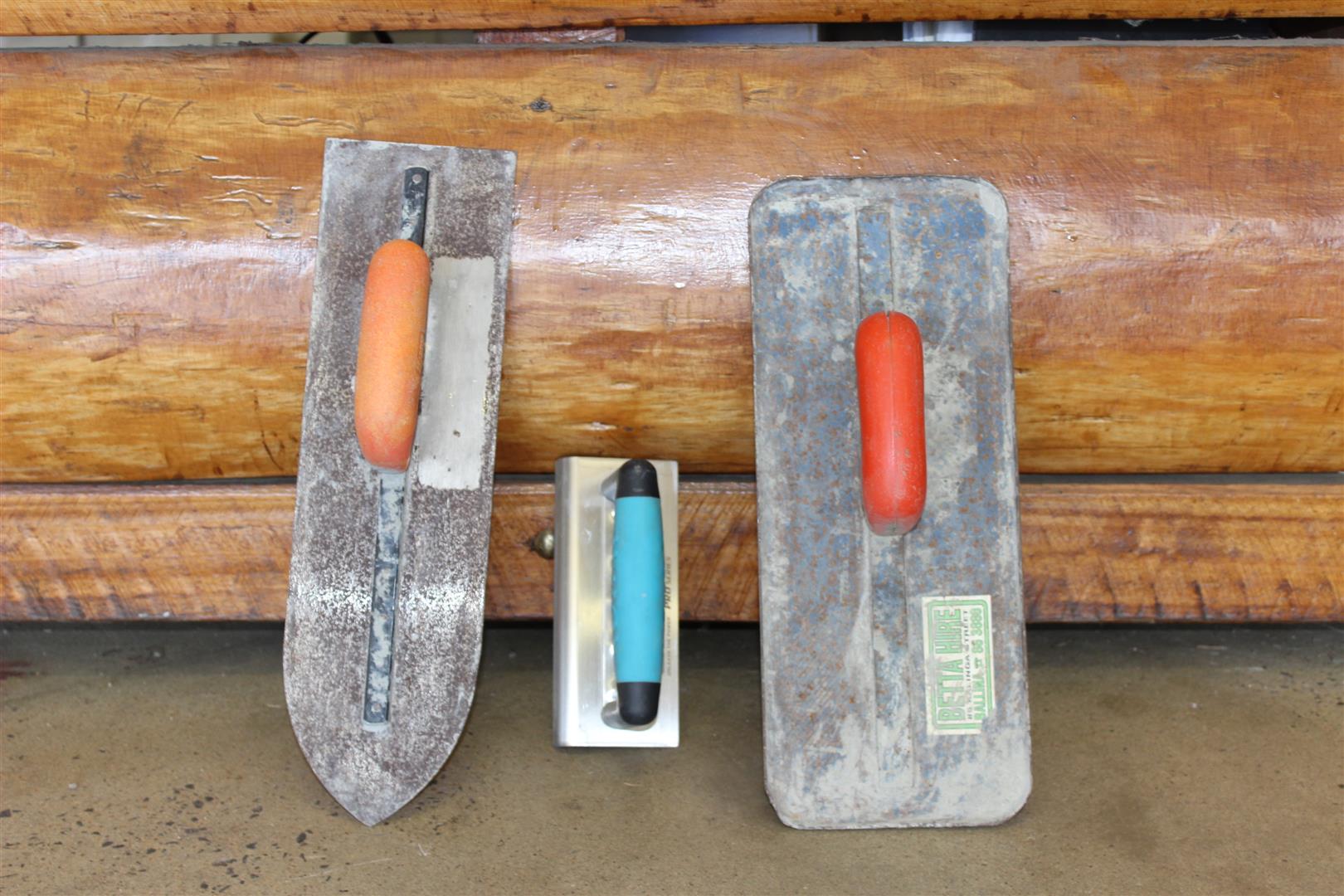
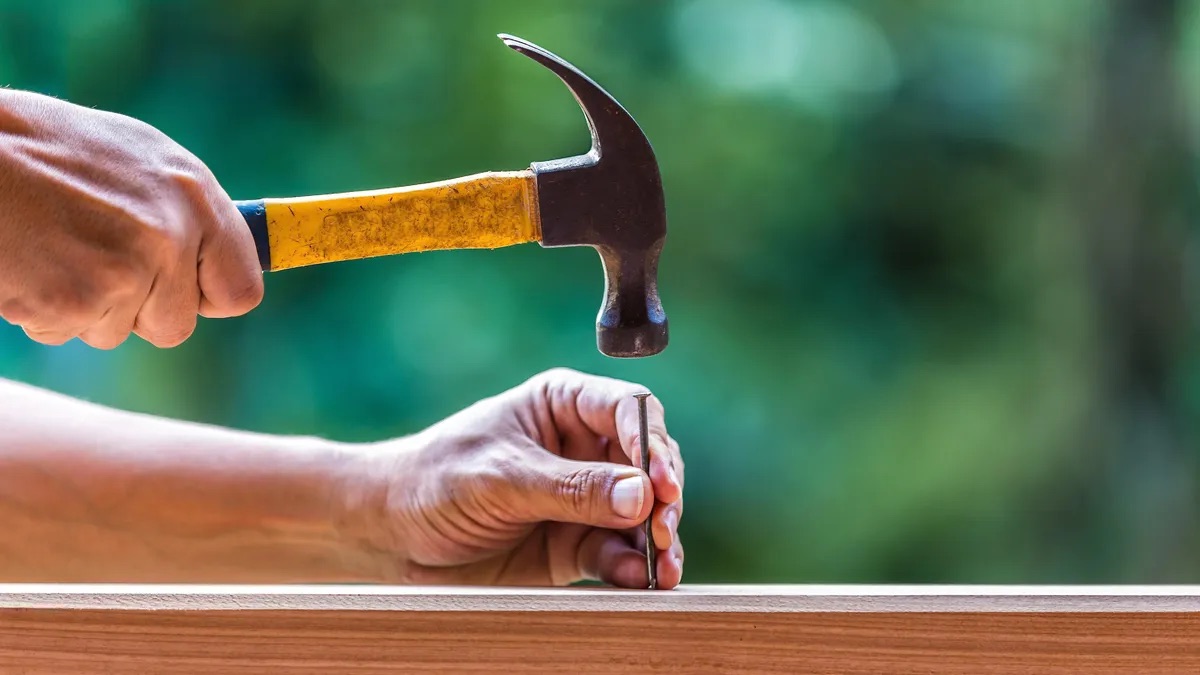
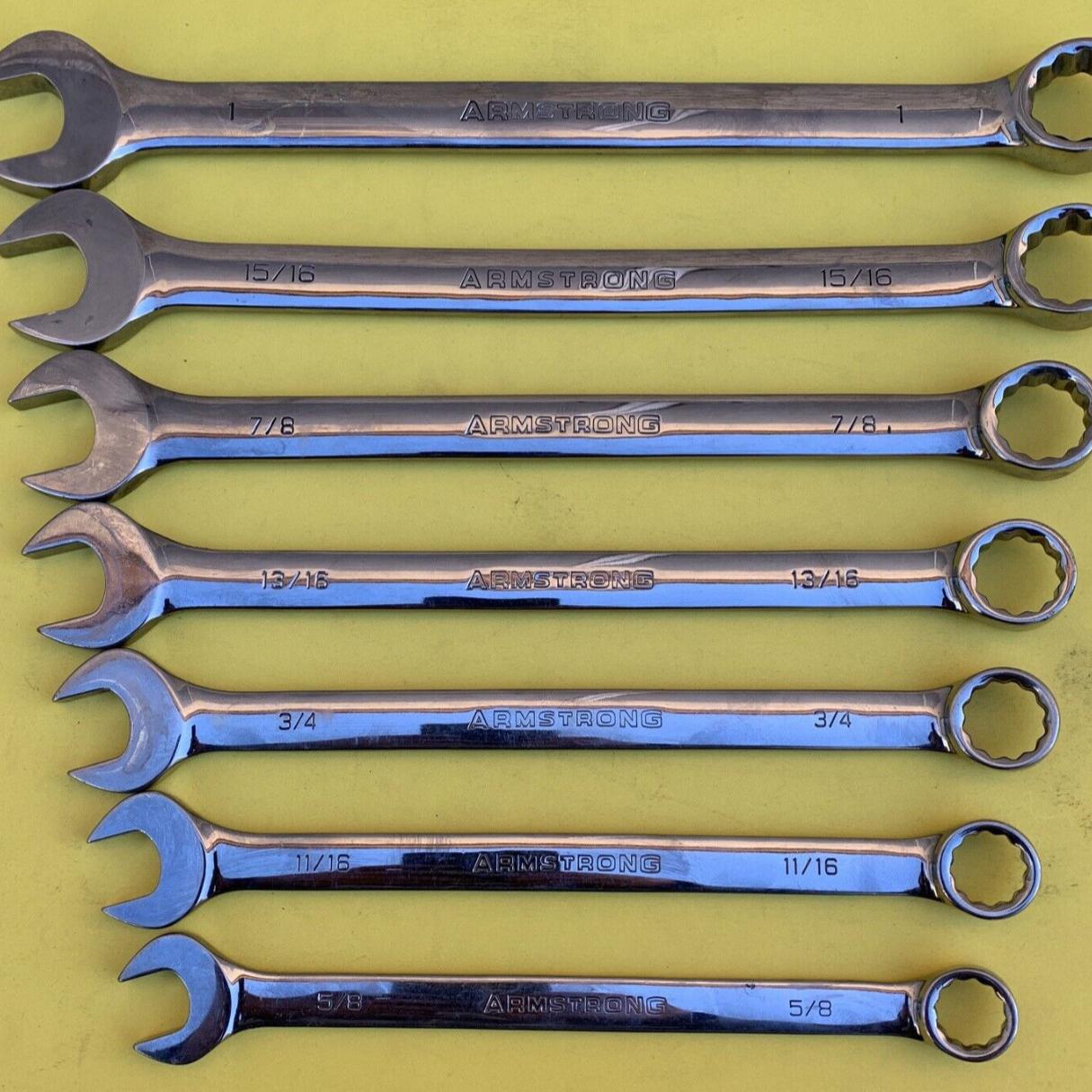
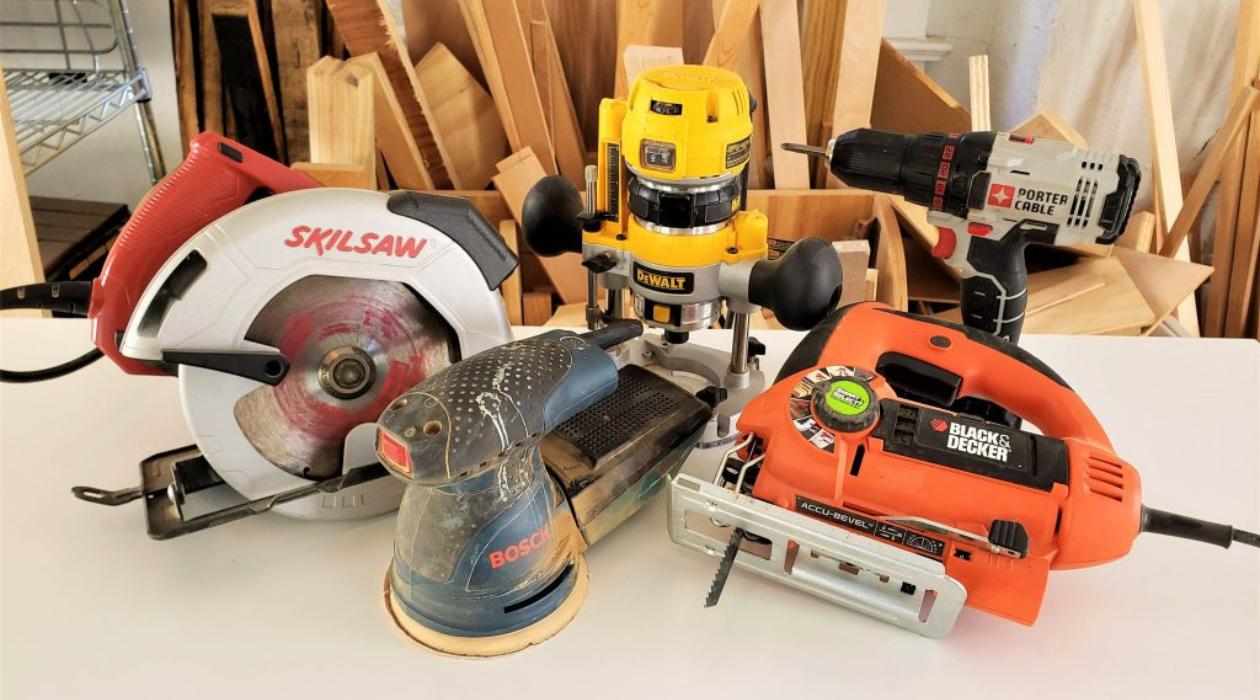
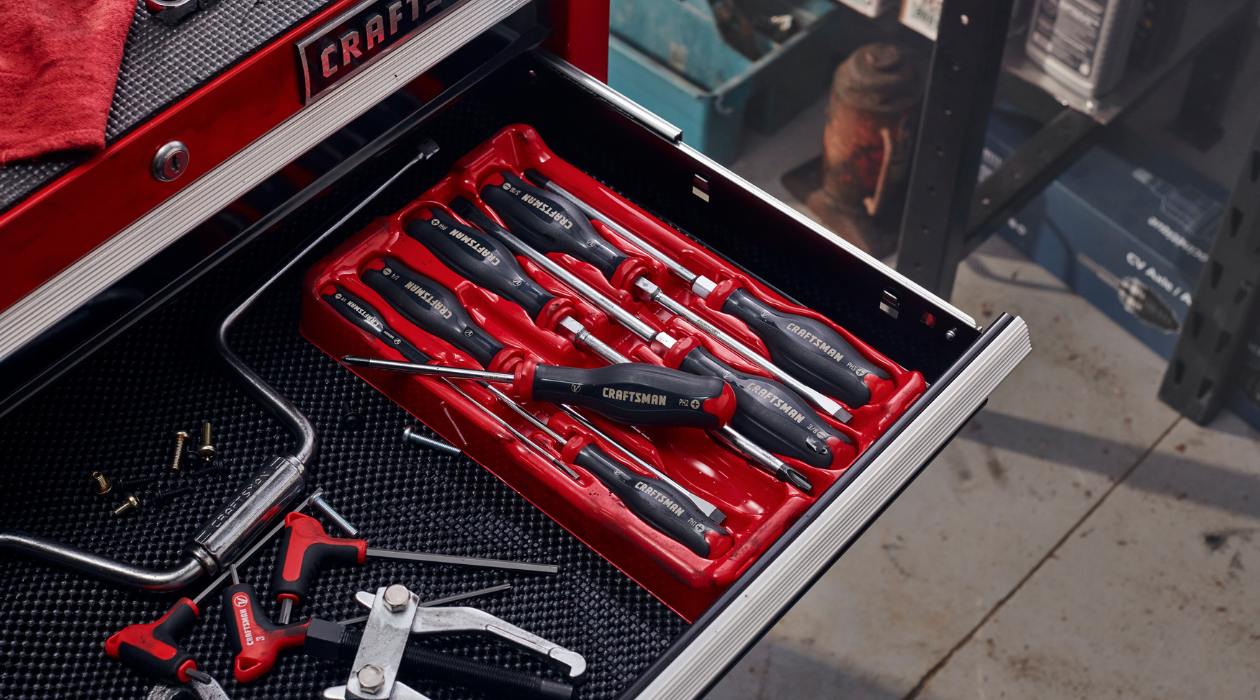
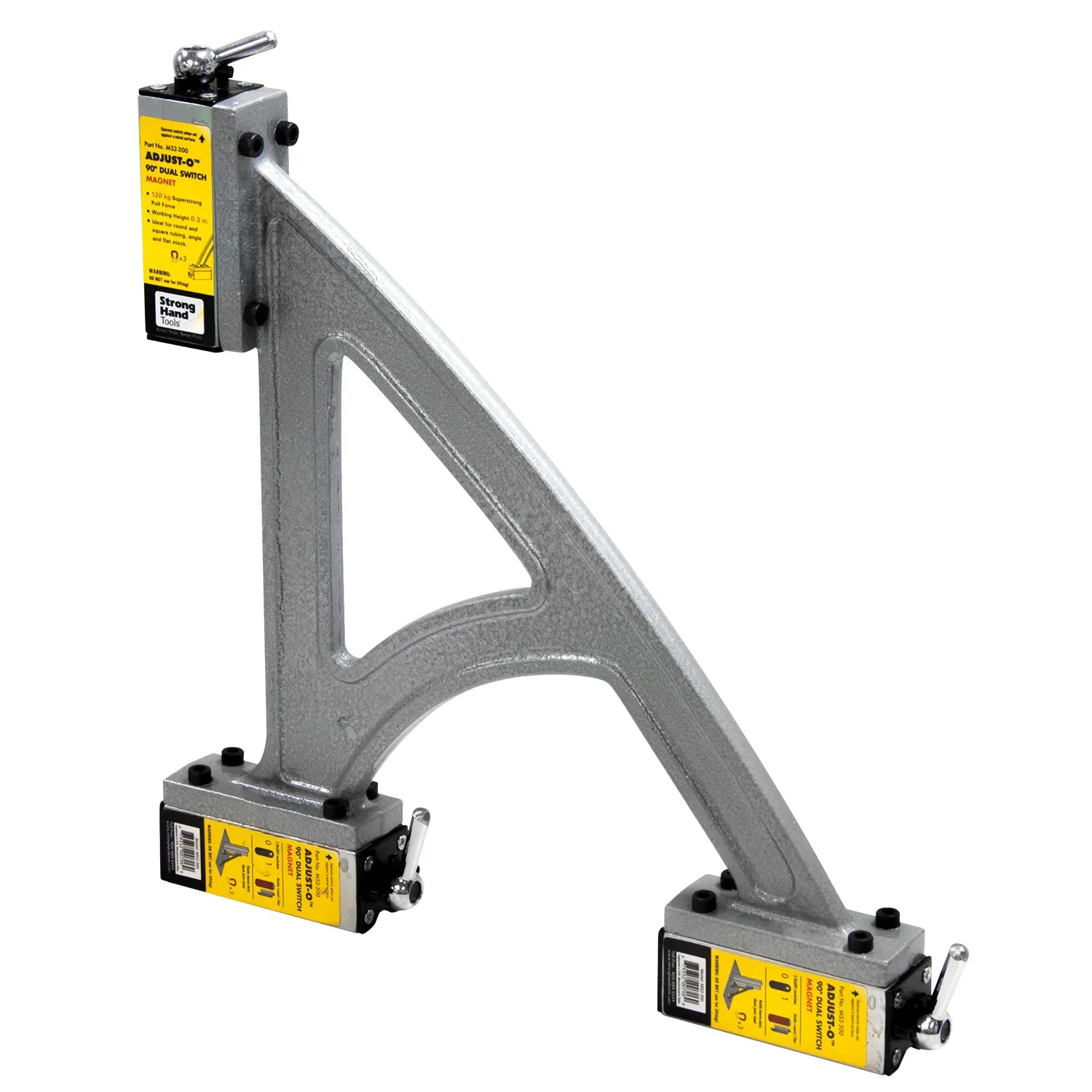
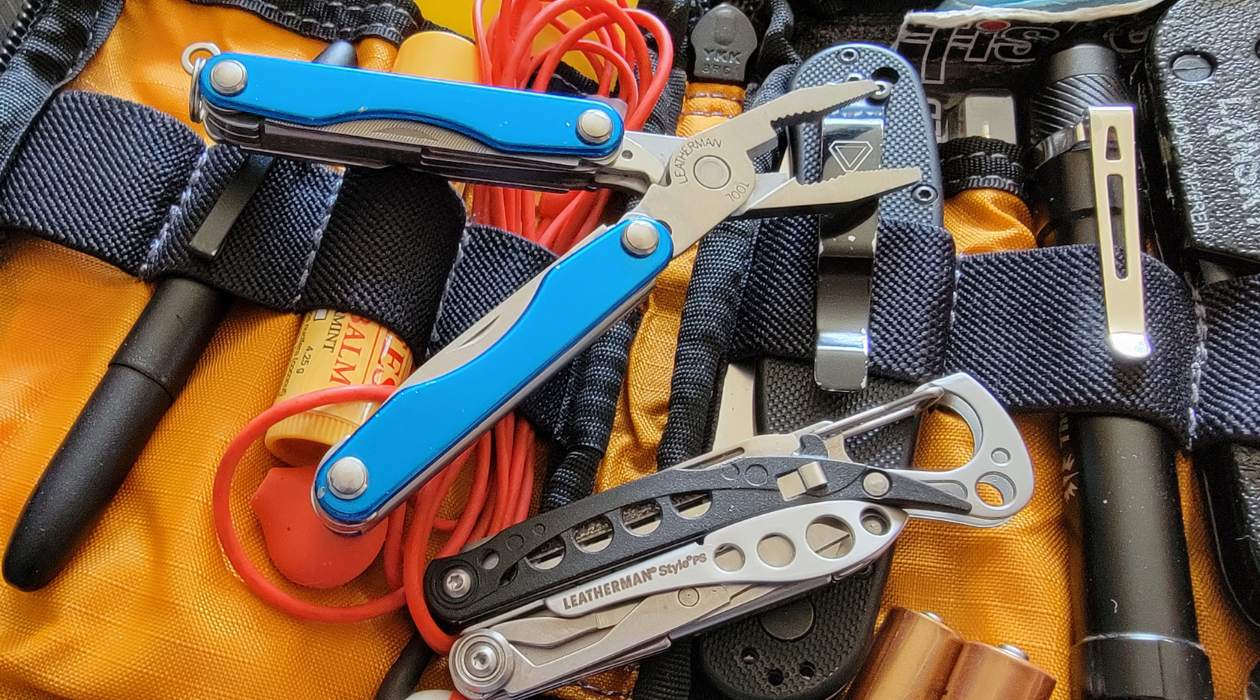
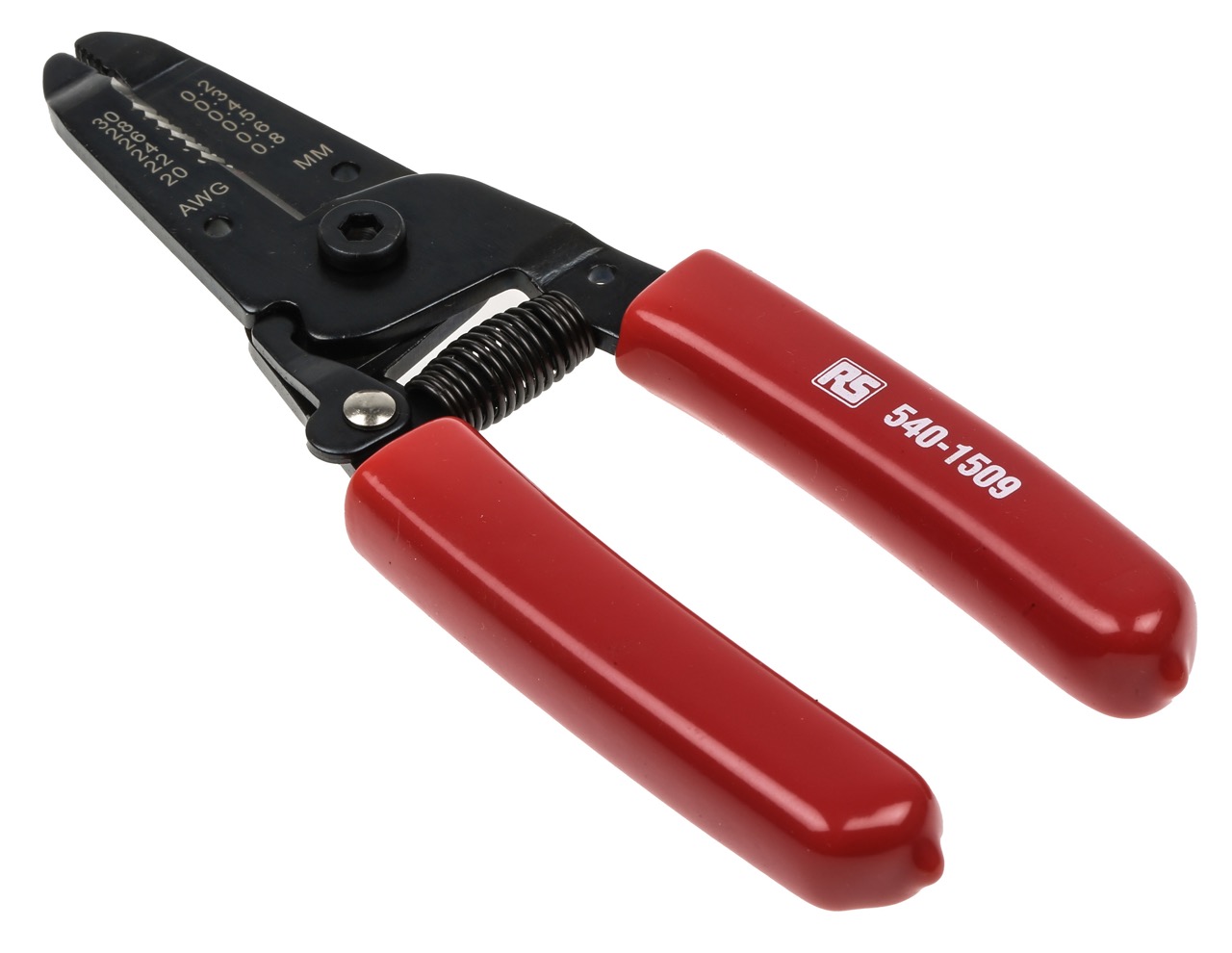
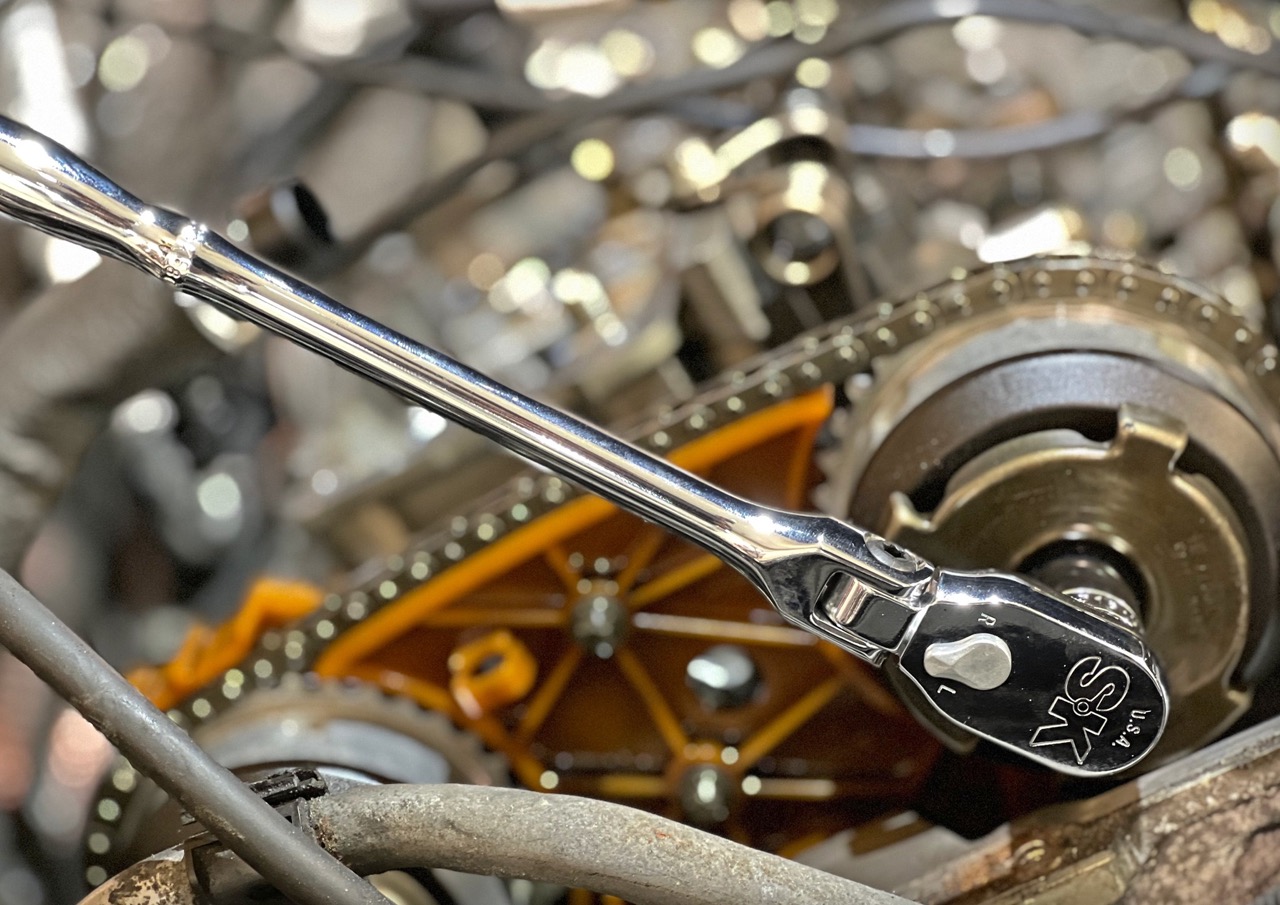
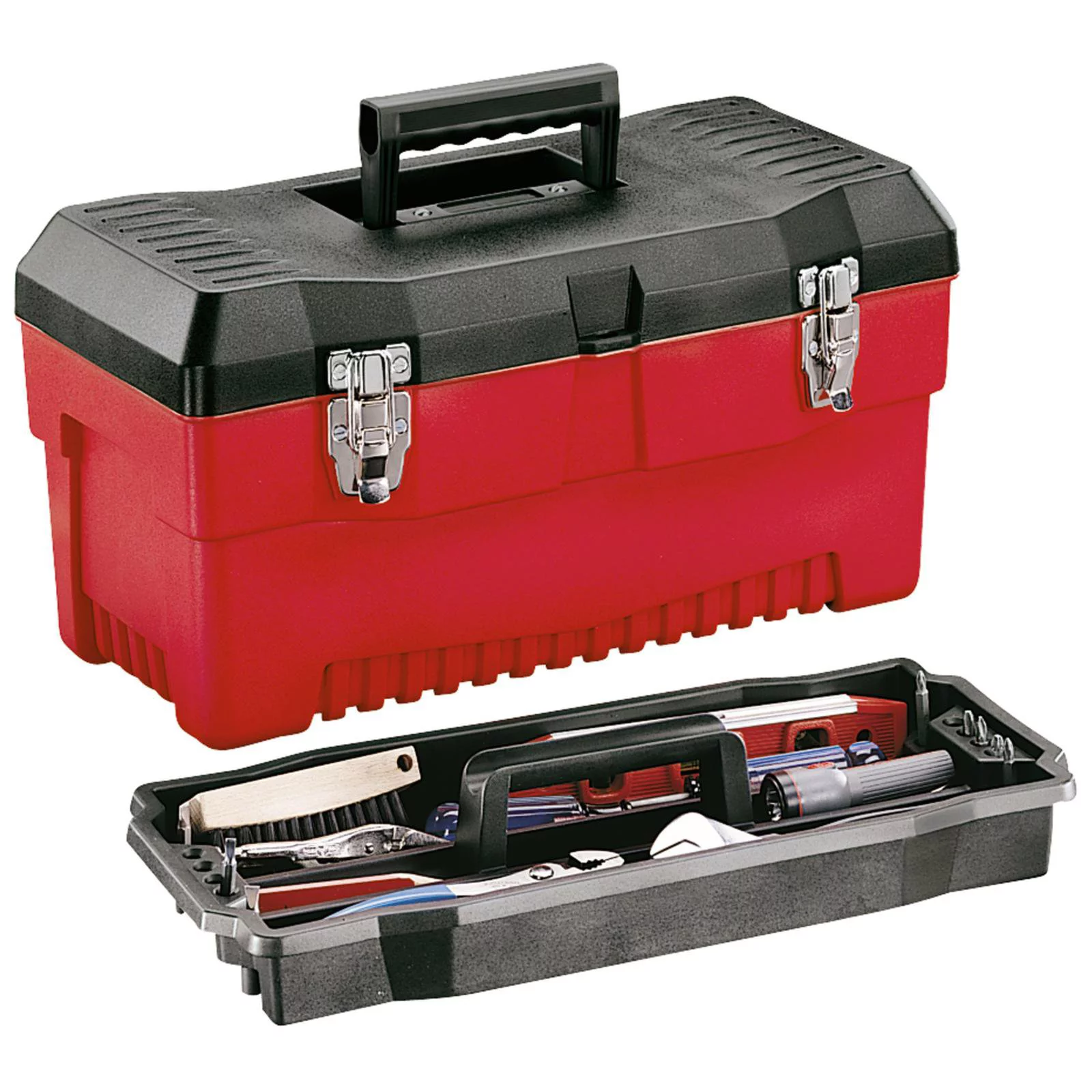
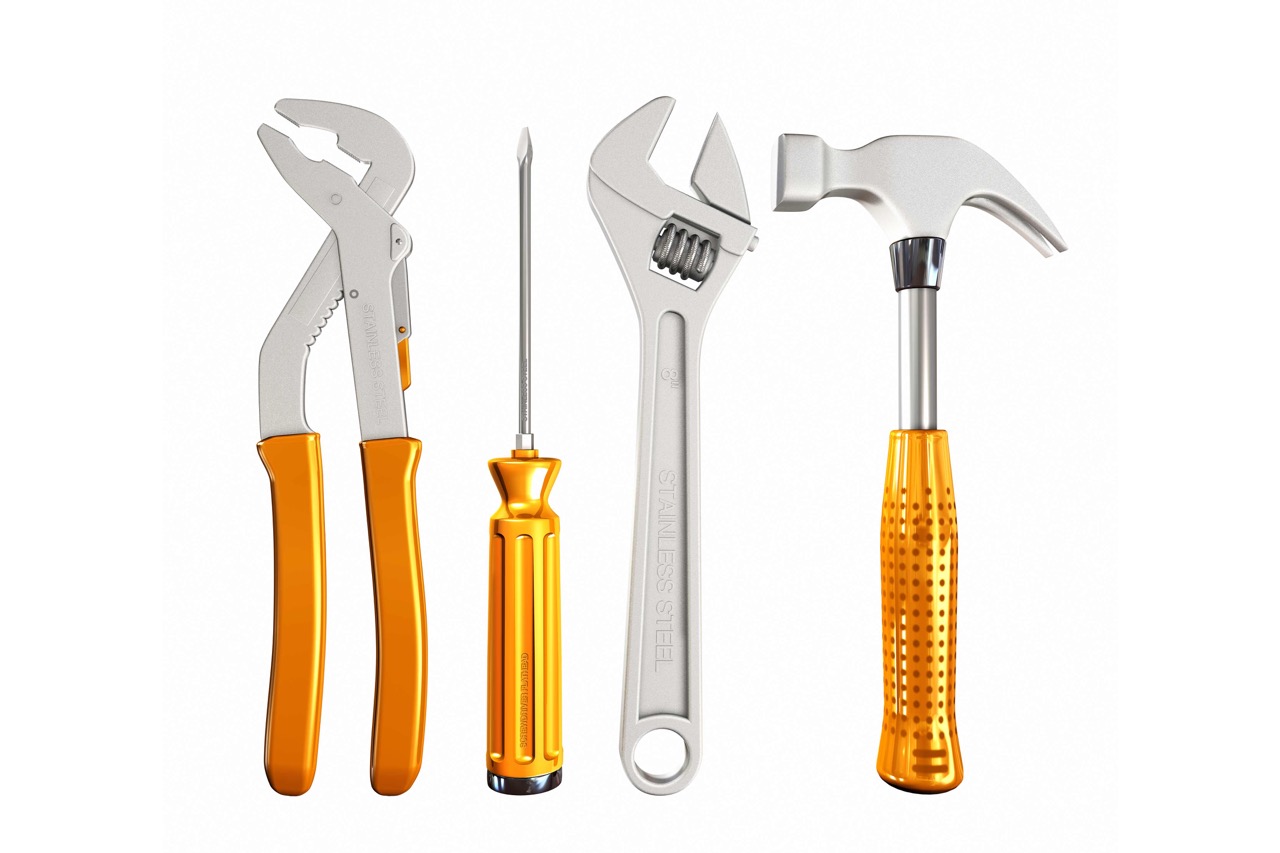
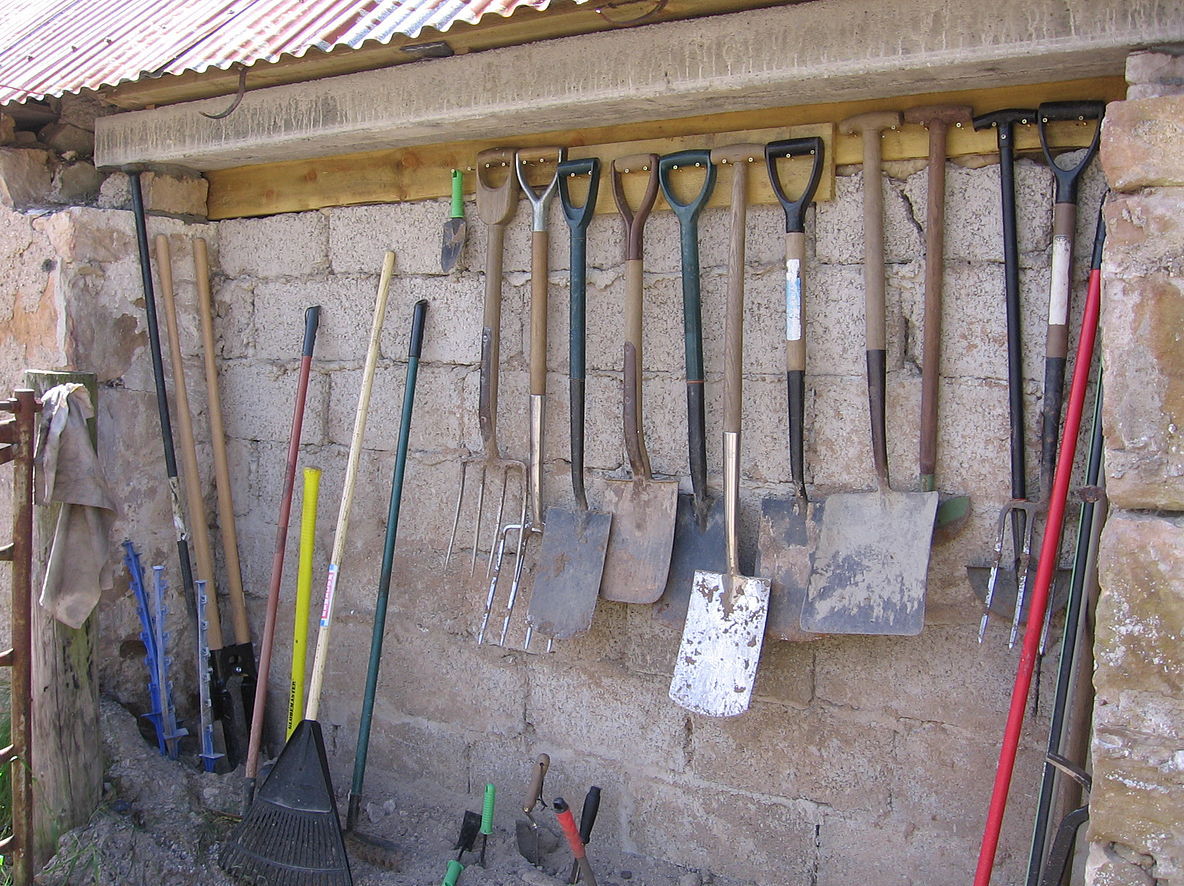
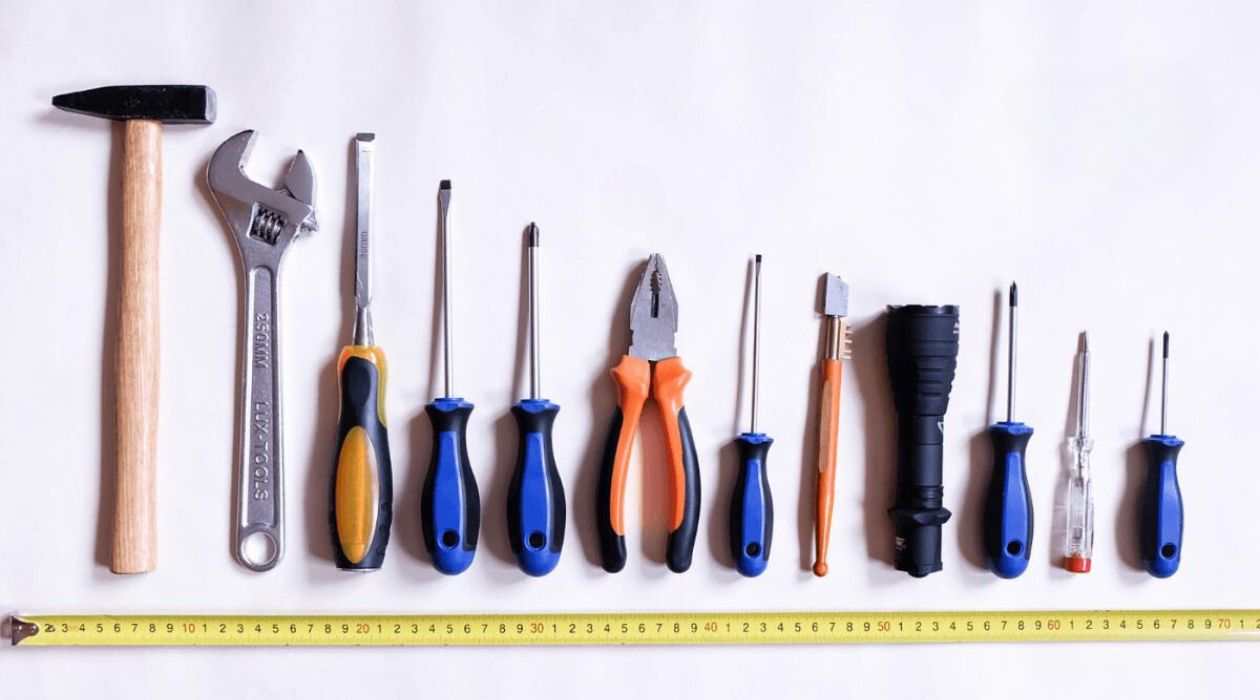

0 thoughts on “What Is The Best Hand Tools To Buy”